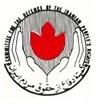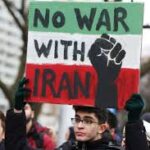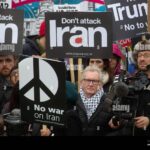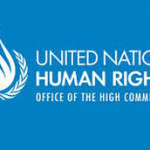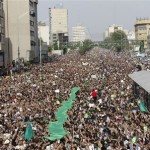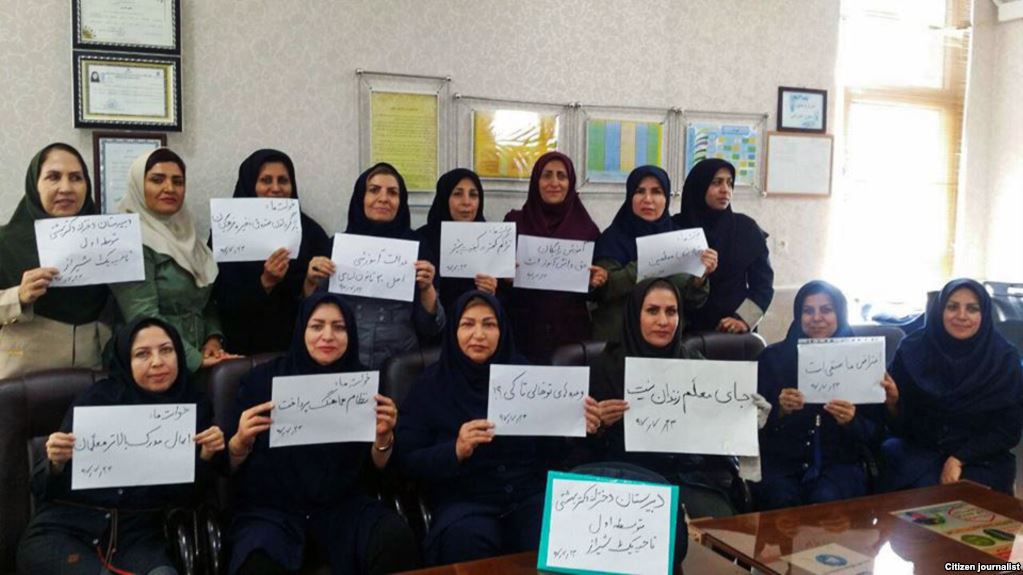
The wave of protests which has gripped Iran since demonstrations engulfed 85 cities last January are showing no sign of letting up. The protests range from the low paid, underemployed and disenfranchised, through industrial workers in the steel and sugar industries, to professional workers such as teachers. There is no strand of Iranian society which has not been touched by the protests and the regime continues to struggle to contain nationwide discontent. Jane Green reports on current developments.
At the beginning of November Teachers in Iran went on strike for two consecutive days across 27 major cities in Iran. The action is the second round of strikes since mid-October and is aimed at putting pressure upon the government to carry out educational reforms and end mismanagement. The teachers’ action is also protesting against low wages and the violations of the educational rights of students and minorities.
Images of the striking teachers have been widely circulated on Iranian social media, in an attempt to circumvent official reporting, which sought to play down the extent and significance of the disputes. Photographs circulated on social media showed teachers holding up posters and signs with their written demands.
Among slogans the teachers held up were: “We protest the state of education [in Iran],” “We protest against the [low] living standards,” “Promote teachers’ dignity and livelihoods,” and other signs that indicate the economic status of the average Iranian: “Poverty line at 6 million Tomans, teachers’ salary 2 million Tomans [$165 USD].”
Since the US pulled out from the Iran nuclear deal in May and re-instituted two sets of sanctions targeting the Islamic Republic’s economy, the currency in Iran has been nosediving, affecting the value of wages and impacting upon the purchasing power of ordinary Iranians.
An ongoing issue for ethnic groups in Iran is that there are no provisions for children to be taught in their mother tongue, a right the constitution is meant to protect. Article 15 of the Iranian Constitution states,
“Persian is the official and common language and script of the people of Iran. The documents, correspondence, official texts, and schoolbooks must all be in this language and script.”
It then goes on to conclude that, “use of regional and ethnic languages in the press, the mass media, and the teaching of their literature at schools, alongside the Persian language, is freely permitted”. In the forty years since the ratification of the constitution, Tehran is yet to implement the article.
Teachers are also demanding the release of imprisoned teacher trade unionists, an end to indiscriminate investigations and the ongoing arrests of union activists. Currently most leaders of the Iranian Teachers’ Trade Association (ITTA), including Esmail Abdi, Mohammad Habibi, Mahmood Beheshti Langaroudi, are serving long sentences, ranging from 6 to 10 years, as political prisoners for campaigning for teachers’ rights and a fair education system.
The protests by teachers have been supported by students who are increasingly recognising that the situation their educators are being placed in will impact upon their learning and future job opportunities. This even included student protesters at Tehran University, holding pictures of imprisoned teachers, interrupting a speech being delivered by Iranian President Hassan Rouhani. The fact that students and teachers are feeling sufficiently emboldened to take action, which would have been unheard of just a few years ago in Iran, underlines the extent of the growing crisis inside Iran.
Unrest has also been long running in the steel industry in Iran. Workers at the Iran National Steel Industry Group (INSIG), in Ahwaz, have gone on strike numerous times in recent months to demand overdue wages. In June, many workers were rounded up by security forces and freed only when other workers launched protests.
The company has, for many years, suffered from mismanagement and lack of capital, which have rendered many production lines idle.
INSIG workers are demanding that production be restored through an injection of raw materials. They are also demanding the disclosure of the identities of individuals who are responsible for their factory’s failure. INSIG currently has an estimated 4,000 employees who have not been paid for months.
A well as their immediate economic demands, steel workers are increasingly linking their situation to corruption at the highest levels of the Islamic Republic and articulating demands for political change. This reflects many of the slogans echoed by teachers and students, adding to the growing sense of a crisis of political legitimacy in the country.
The same pattern is evident at the Haft Tapeh sugar cane facility, where workers went on ten continuous days of strike action earlier in November, in protest at months of unpaid wages. The political nature of the dispute was reflected in the chanting of slogans such as “hail to the workers, down with the dictator.”
Periodic strikes and workers’ demonstrations have been a fixture of life at Haft Tapeh for many months. Workers say they are often not paid their salaries for months at a time and their wages and benefits have been cut since privatisation.
The state-run Iran Labour News Agency (ILNA) reported in November that the names of a number of the complex’s shareholders, and members of its board of directors, are on an official list of individuals who have violated currency exchange regulations.
Earlier reports suggested the company’s largest shareholder and director general had either fled Iran or been detained by the authorities for violating new regulations on foreign exchange transactions.
The Haft Tapeh Sugar Cane Mill is the only factory of its kind in Iran. It was built nearly half a century ago during the reign of last Shah of Iran. The agro-industrial complex was always a productive facility until the Islamic Republic decided to sell it to the private sector in a murky transaction in 2015. The complex, built on a 2-hectare area, was sold to the private sector for a down payment of roughly two million dollars. It is not clear if any further payments have been made.
It is these deals which inevitably bring the legitimate economic demands of workers in Iran into the political sphere. The response of the Islamic Republic’s Supreme Leader, Ayatollah Ali Khamenei, who has stated he believes the unrest among the millions of ordinary workers is a “foreign plot” to overthrow the regime, further underlines the intrinsic connections between the political and economic spheres.
The deepening of sanctions by the United States, which came into play on 5th November, will only exacerbate this situation. The ability of Iran to trade on international markets is being restricted to the point where the US is effectively implementing a trade embargo.
Living conditions for Iranian workers are already at crisis point, as the ongoing wave of disputes indicate. Further pressure upon the economy will only serve to deepen this crisis and is likely to force the regime into taking even harsher measures against the workforce in Iran.
Such a situation cannot be sustained indefinitely. The suffering of the Iranian people under an undemocratic theocracy has gone on for long enough. The fact that such suffering is being compounded by the unilateral action of the world’s superpower launching an undeclared war means change will come soon in Iran.
It is vital however that whatever form that change takes it is based on the will of the Iranian people, not the will of external forces. Solidarity with the people of Iran in their struggle for peace, human rights and democracy is more vital now than ever.


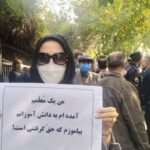
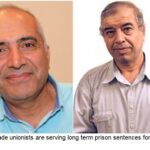




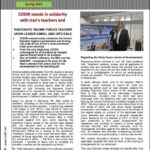


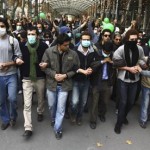
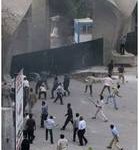
 Posted in
Posted in 